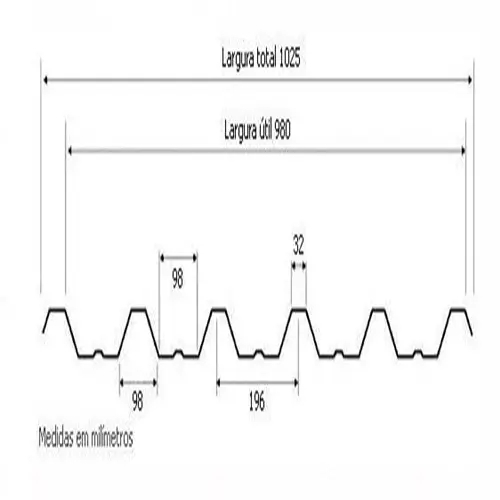
Understanding Stud and Track Keel Roll Forming A Detailed Overview
Roll forming is a highly efficient manufacturing process used to create long sections of metal products with consistent cross-sections. Among the many applications of roll forming, the production of stud and track systems is particularly significant, especially in the construction industry where these components are essential in framing structures. This article will explore the intricacies of stud and track keel roll forming, its applications, advantages, and the overall impact on construction efficiency.
What are Studs and Tracks?
Before delving into the roll forming process, it is essential to understand what studs and tracks are. In the context of building construction, studs are vertical members that provide structural support within walls, while tracks are horizontal members that serve as top and bottom plates, anchoring the studs in place. Together, they form a framework that supports drywall, insulation, and other materials, contributing to the overall integrity and stability of the building.
The Roll Forming Process
Stud and track keel roll forming involves the continuous bending of flat metal sheets into specific cross-sectional shapes using a series of rollers. The process typically begins with a coil of steel or another suitable metal, which is fed through a series of rollers that gradually shape the metal into the desired profile.
The key stages in the roll forming process include
1. Feeding The metal coil is unwound and fed into the roll forming machine. 2. Forming As the metal passes through the series of rollers, it is gradually shaped into the required stud and track profiles. Each set of rollers contributes to a specific section of the profile, ensuring precision in the final product.
3. Cutting Once the metal has been shaped, it is cut to the desired lengths. Automated systems often control this process, ensuring that each piece is cut accurately.
4. Finishing Additional treatments, such as painting or coating, may be applied to enhance corrosion resistance and overall durability.

Advantages of Stud and Track Roll Forming
1. Precision and Consistency The roll forming process allows for high levels of precision in the dimensions of the studs and tracks. This consistency is critical in construction where exact measurements are crucial for structural integrity.
2. Material Efficiency Unlike other manufacturing processes that generate significant waste, roll forming optimizes the use of raw materials. The continuous nature of the process minimizes scrap material, making it cost-effective.
3. Speed and Scalability Roll forming is capable of producing large volumes of products quickly. This efficiency is essential for meeting the demands of modern construction projects, which often operate under tight deadlines.
4. Versatility The roll forming process can accommodate various materials and thicknesses, allowing manufacturers to produce a wide range of products tailored to specific requirements.
5. Reduced Labor Costs Automation in roll forming reduces the need for extensive manual labor, thus decreasing labor costs while increasing production rates.
Application in Construction
Stud and track systems produced via roll forming are widely used in commercial and residential construction. They are found in partition walls, ceilings, and even modular building systems. The lightweight yet strong nature of these components makes them ideal for modern building designs that prioritize efficiency, speed, and sustainability.
In conclusion, stud and track keel roll forming is a vital process in the construction industry, providing a fast, efficient, and precise means of producing essential structural components. As construction techniques continue to evolve, the role of advanced manufacturing processes like roll forming will become increasingly critical in meeting the needs of modern architecture and building requirements. Embracing these technologies not only leads to improved construction practices but also contributes to the overall sustainability and efficiency of the industry.